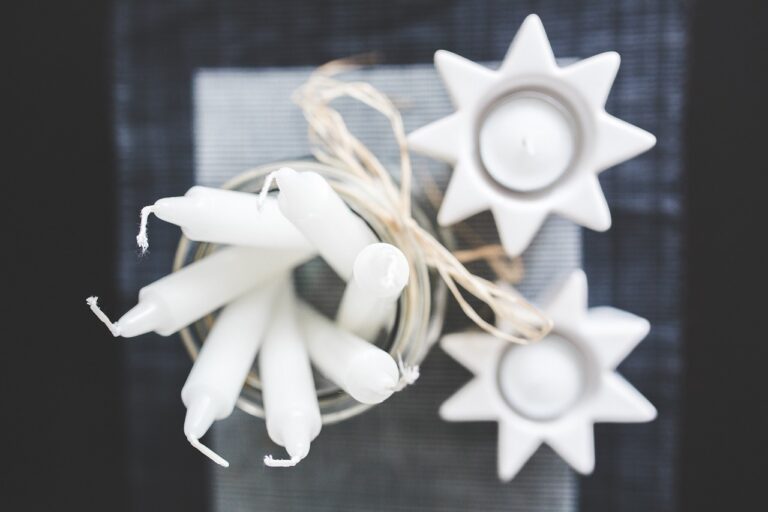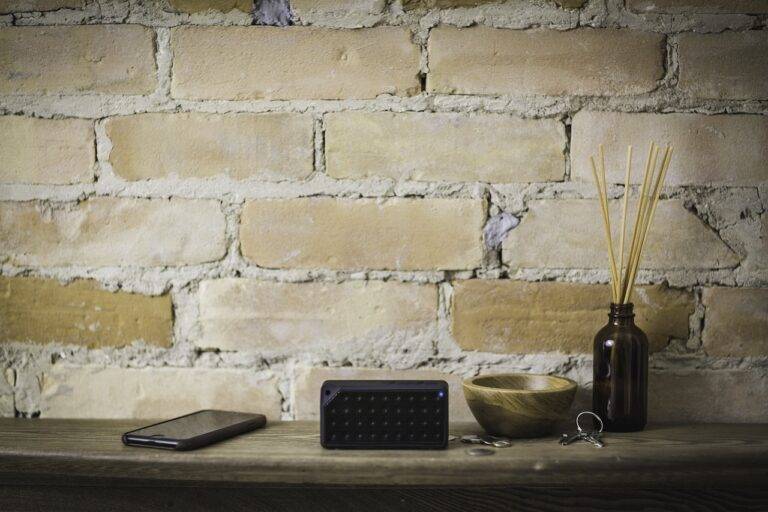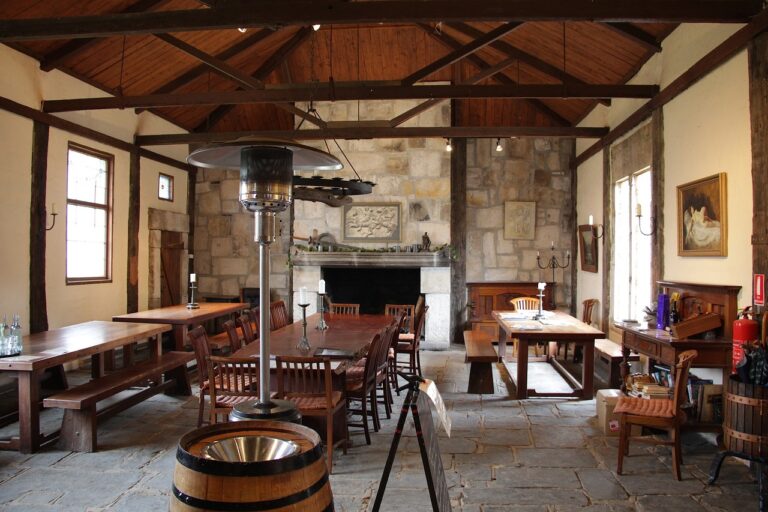The Art of Decluttering: Organizational Tips for a More Functional Home
Decluttering your living space can lead to a sense of calm and peace in your home. A clutter-free environment has been shown to reduce stress levels and promote mental clarity. With fewer items around, it becomes easier to focus and concentrate on tasks at hand.
In addition to the mental benefits, decluttering can also improve the physical environment of your home. It allows for better air circulation and light distribution, creating a healthier living space overall. Plus, organizing your belongings can make it easier to find things when you need them, saving you time and frustration in the long run.
Creating a Decluttering Plan
To start creating a decluttering plan, it is essential to first assess the areas that need decluttering in your living space. Take a walk through your home, noting down the areas that seem to accumulate clutter the most. This could be anywhere from your closets and cabinets to your desk or even the kitchen countertops.
Once you have identified the clutter hotspots, prioritize them based on the level of clutter and how they impact your daily life. Consider setting specific goals for each area, whether it is to organize a specific shelf, clear out a drawer, or declutter the entire room. Having clear goals will help you stay focused and motivated throughout the decluttering process.
Identifying Clutter Hotspots
One of the key steps in decluttering your living space is to identify the areas where clutter tends to accumulate the most. These clutter hotspots are often the breeding grounds for disorganization and can make your home feel chaotic and overwhelming. By pinpointing these trouble areas, you can focus your decluttering efforts more strategically and effectively.
Common clutter hotspots in many homes include entryways, countertops, and closets. These areas tend to attract miscellaneous items that we often overlook or neglect to put away properly. By paying attention to where clutter accumulates most frequently, you can develop strategies to prevent it from piling up in the future. Identifying clutter hotspots is a crucial first step towards creating a more organized and peaceful living environment.
• Entryways
• Countertops
• Closets
One effective way to identify clutter hotspots in your home is to take note of where you tend to accumulate the most items. Are there certain areas that always seem to collect random objects or paperwork? By observing your daily habits and routines, you can pinpoint these trouble spots and start addressing them more proactively.
Another helpful strategy is to declutter one area at a time, starting with the most problematic hotspot. This focused approach allows you to make noticeable progress quickly and gives you a sense of accomplishment that can motivate you to continue decluttering other areas of your home.
It’s also important to establish new habits and systems for maintaining organization in these clutter-prone areas. Whether it’s implementing a daily cleaning routine or setting up storage solutions, finding ways to prevent clutter from accumulating will help keep your living space tidy and inviting.
Why is decluttering important?
Decluttering can help improve mental clarity, reduce stress, increase productivity, and create a more organized living space.
How can I create a decluttering plan?
Start by setting specific goals, breaking down the decluttering process into smaller tasks, designating time for decluttering, and staying focused on one area at a time.
What are some common clutter hotspots in a home?
Some common clutter hotspots include closets, countertops, entryways, and storage areas such as basements and attics.
How can I identify clutter hotspots in my home?
Look for areas that tend to accumulate clutter quickly, areas that are disorganized or have items piled up, and areas that are not being used effectively for storage.







